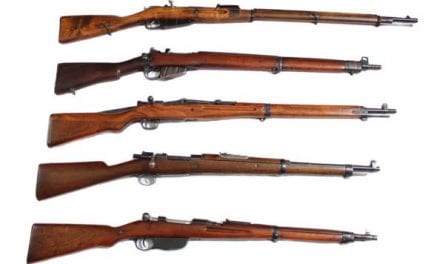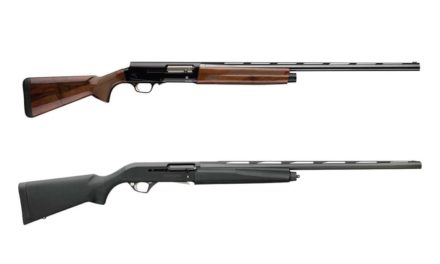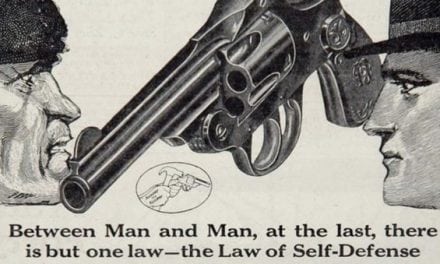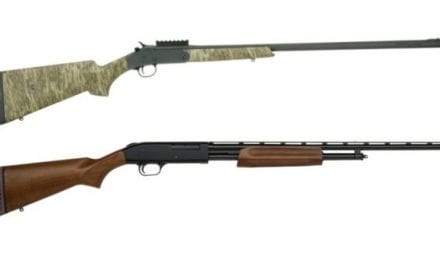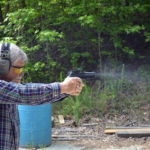
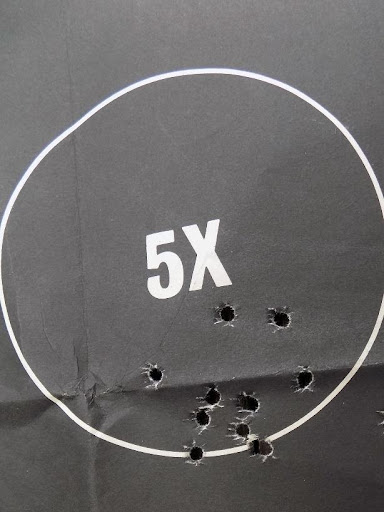 When making a purchase, you definitely study what exactly you are buying: which company, what size, and at what price. Likewise, you must take your investment in time seriously. When choosing from whom to study, most often you turn to those who have good information. Ultimately, we are all ignorant, just about different things. However, when it comes to training, speed and accuracy are always among the top factors.
When making a purchase, you definitely study what exactly you are buying: which company, what size, and at what price. Likewise, you must take your investment in time seriously. When choosing from whom to study, most often you turn to those who have good information. Ultimately, we are all ignorant, just about different things. However, when it comes to training, speed and accuracy are always among the top factors.
Many students want to learn, but the best students are eager to learn. However, when it comes to learning, some people have emotional triggers. In other words, they don’t want to upset their preconceived notions, or they might get upset or angry.
Remarkably, some of these personal beliefs are not based on anything specific. Personal protection is an important topic that needs research. There are many people who, on the one hand, love to learn, but on the other hand, they do not always like to be taught. This is an undeniable imbalance. In the equation, it is not only the balance between speed and accuracy that is important to get the best result, but also power. However, speed and accuracy are the main components of the goal.
Don’t be fooled by wrong tactics
What do you think is easier: to predict the opponent’s actions or to predict what the football team will do on the next match day? Do you think that predictions are impossible in both situations? By studying past actions, you can predict tactics, techniques, and trends in action. From season to season, lineups, runbacks, and receivers operate in much the same way.
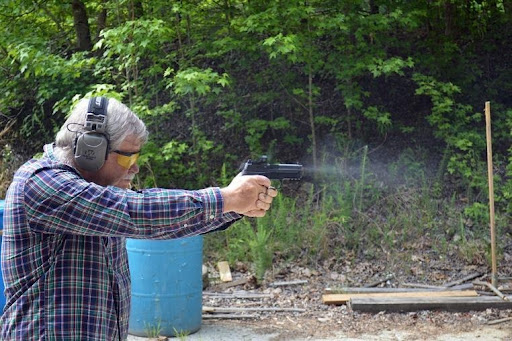 The winning coaches spend days or weeks before the game analyzing the other team’s actions. They look at return-blocking kick coverage and play. Thanks to this, coaches have a better understanding of what counters are needed to win.
The winning coaches spend days or weeks before the game analyzing the other team’s actions. They look at return-blocking kick coverage and play. Thanks to this, coaches have a better understanding of what counters are needed to win.
It’s the same in boxing. Before the game, the boxer studies his opponent, his past fights, and the techniques he uses. Even small details like knowing if your opponent is using Dempsey’s Step as a finisher can be the key to your victory. With all these practices in mind, in preparing for personal defense, we must always examine the likely actions of the enemy.
In most cases, an attack can occur unexpectedly. This does not mean that criminals act without warning. Before the shooting starts, which will become a consequence of the aggravation of the problem, the criminal may tell you that he needs your money. Provided that the level of force that the enemy is capable of is lethal, the real need is for a quick presentation from concealed carry.
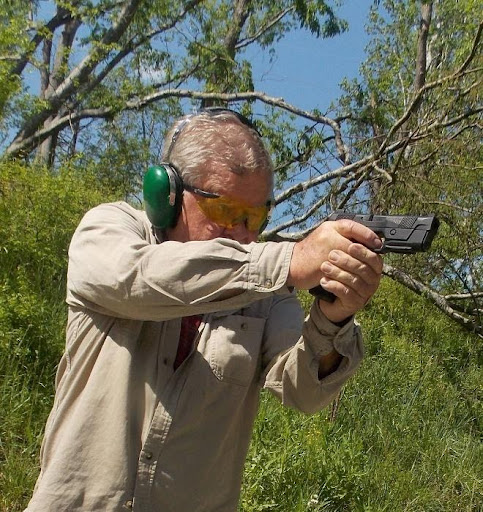 Unfortunately, several misconceptions are conceptualized and fall within the training range. One such challenge in training is people who try to accelerate too fast.
Unfortunately, several misconceptions are conceptualized and fall within the training range. One such challenge in training is people who try to accelerate too fast.
A concealed-carry presentation is important, and what’s more important is a smooth presentation with a minimum of unnecessary movement. After that, it is important to aim the pistol at the target and hit the target. Not necessarily a flurry of hits, but one solid hit in the X-ring will be enough.
It’s almost ludicrous to see a video on the Internet of a coach holding a gun in his hand, adjusting his grip several times, and then, when the whistle blows, he pulls out of an open-top holster worn at his thigh and delivers a magazine full of 9mm bullets at a few-feet range. And this is only one of the many useless exercises that are circulating on the Internet.
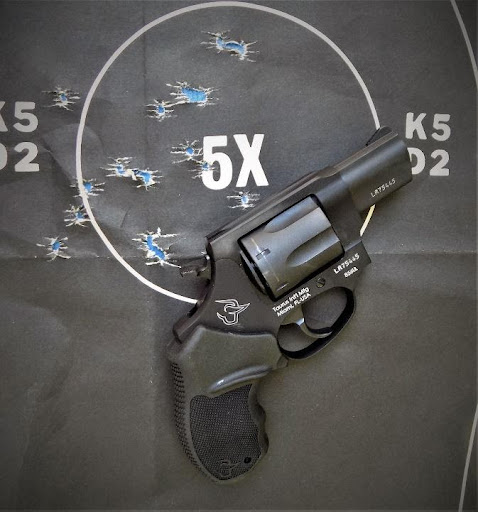 Likely, this trend began a few years ago, when the police adopted a high-capacity 9mm pistol. Then a spray and pray mentality developed, and since we had a 9mm caliber, we learned to overcome its shortcomings.
Likely, this trend began a few years ago, when the police adopted a high-capacity 9mm pistol. Then a spray and pray mentality developed, and since we had a 9mm caliber, we learned to overcome its shortcomings.
Moreover, some of the conventional double-action pistols for the first shot were poor choices. Modern Glock Generation 5, Beretta APX, and Springfield XD-M are much more useful than these handguns.
Because the pistols weren’t accurate enough for a 50-yard qualification, most agencies ruled out the 50-yard qualification. This left the officers helpless when faced with armed opponents with rifles at a distance of more than 25 yards. Even though we are ordinary armed citizens, not peacekeepers, this problem may exist for us as well.
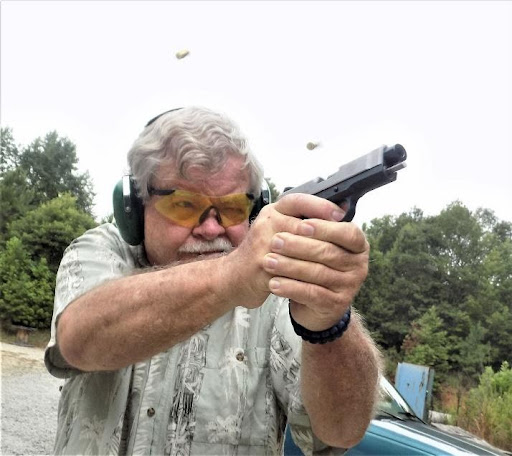 Drawing, shooting, and hitting quickly are the most important factors. The principle of training faster and closer is not always the best option and is contrary to the common sense of those of us who have had multiple incidents in our lives. It is important to understand that the main goal of training is to know your personal limits.
Drawing, shooting, and hitting quickly are the most important factors. The principle of training faster and closer is not always the best option and is contrary to the common sense of those of us who have had multiple incidents in our lives. It is important to understand that the main goal of training is to know your personal limits.
If you’ve never experienced a gunfight, take my word for it: these are very scary situations in which all your feelings are mixed. The worst part is that you cannot predict what will happen. However, without a doubt, you must gather your will, put the gun into action, and shoot. In turn, this requires a lot of practice in demonstrating a concealed carry pistol.
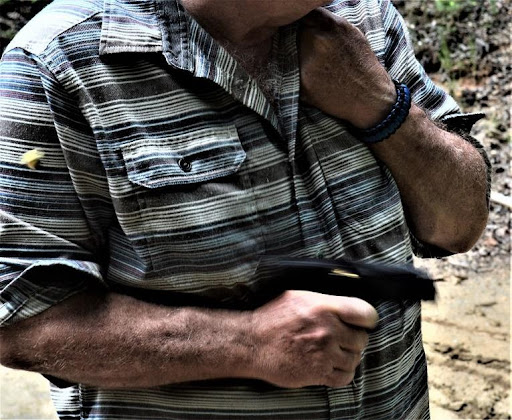 You don’t need to practice in specially equipped places for this. Your home can be a good place to train with an unloaded, triple-tested pistol. It’s certainly not nearly as much fun as shooting a target and then posting the results to Instagram. However, keep in mind that this is a basic job that needs to be done and constantly repeated as you grow.
You don’t need to practice in specially equipped places for this. Your home can be a good place to train with an unloaded, triple-tested pistol. It’s certainly not nearly as much fun as shooting a target and then posting the results to Instagram. However, keep in mind that this is a basic job that needs to be done and constantly repeated as you grow.
Shooting a handgun at a target and firing a few hundred shots from a distance as quickly as possible is a lot of fun. We learn to manipulate, but most important is the grueling work of getting hit by the presentation and holding onto the target. To begin with, it is important to study your physical capabilities and only then improve. You must fully focus on getting your first accurate shot.
However, do not forget that you are training on a non-stationary target, in the meantime, with real shooting, you will have to aim and shoot at the not flat paper at all. While the enemy is moving, the shooter can fire several shots with a quick trigger. There are situations when the enemy can be hit, then turned around, and prolonged shots can hit him in the back. Later, during the trial, it is very difficult to explain and justify why you shot in the back. The most common mistakes are made by panic shooters. For the jury, panic is not a worthy excuse and even equates to untrained mistakes.
In addition, if you shoot too fast, the next shots may not just miss the target, but even hit innocent people. Civilian shootings, like the vast majority of LEO shots, requires a fast but accurate shot.
There are only two reasons to justify a second shot at the same target. The first is that you may have missed. Given that the first shot was missed, why continue to shoot in the same direction even quicker than the human eye and mind may register that you have missed?
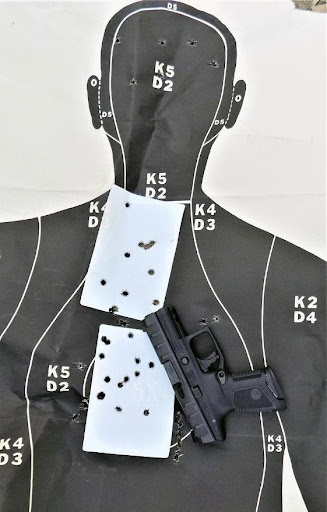 So, drawing, shooting, hitting, then moving to another target and hitting can be a more profitable exercise for you. If you go too fast and miss, you will know your limits and possibly improve your speed and hit rate.
So, drawing, shooting, hitting, then moving to another target and hitting can be a more profitable exercise for you. If you go too fast and miss, you will know your limits and possibly improve your speed and hit rate.
While speed is important, firing a machine gun is not the best exercise. You will have to justify not only the incident and shooting but every shot fired in a critical incident. This drill is best suited for firing conventional 9mm pistols. With a 17-round magazine capacity and low recoil, they are very easy to handle for the trained shooter.
It is important to note that the personal protective pistols that many of us use are not suitable for this exercise. A .38 Special five-shot pistol, a narrow 9mm handgun or a Commander .45 firearm are completely unsuitable for firing a pistol at a target. You must take your training seriously and train hard in the event of incidents that you are likely to encounter. In all cases the speed is good, and the accuracy is final.
The post What is more important: speed or accuracy? appeared first on OutDoors Unlimited Media and Magazine.











